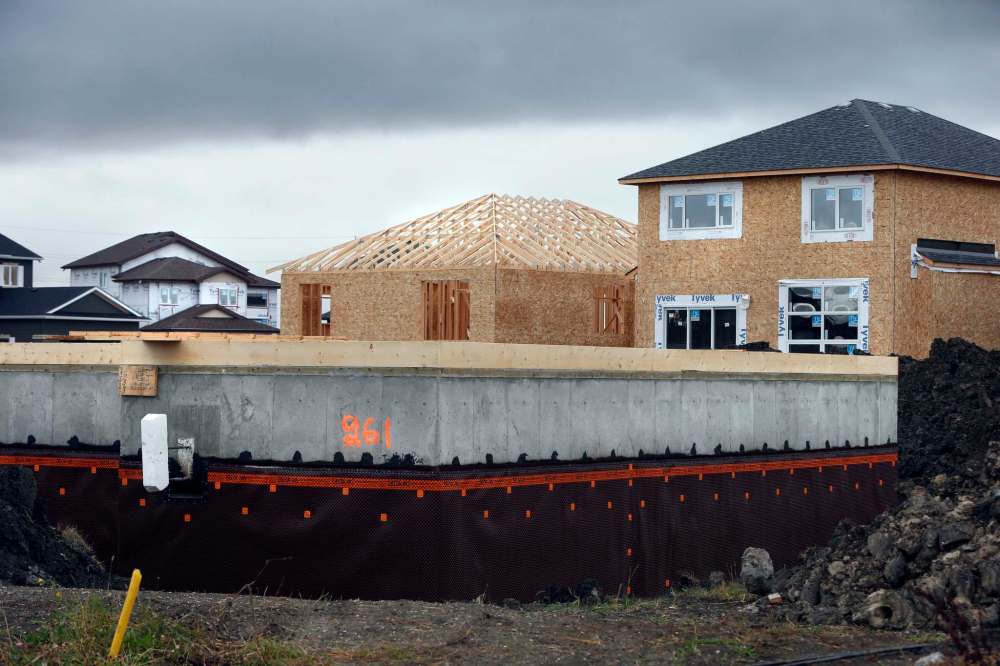Revenue from impact fees rose to $12.4 million in 2018
Advertisement
Read this article for free:
or
Already have an account? Log in here »
To continue reading, please subscribe:
Monthly Digital Subscription
$0 for the first 4 weeks*
- Enjoy unlimited reading on winnipegfreepress.com
- Read the E-Edition, our digital replica newspaper
- Access News Break, our award-winning app
- Play interactive puzzles
*No charge for 4 weeks then price increases to the regular rate of $19.00 plus GST every four weeks. Offer available to new and qualified returning subscribers only. Cancel any time.
Monthly Digital Subscription
$4.75/week*
- Enjoy unlimited reading on winnipegfreepress.com
- Read the E-Edition, our digital replica newspaper
- Access News Break, our award-winning app
- Play interactive puzzles
*Billed as $19 plus GST every four weeks. Cancel any time.
To continue reading, please subscribe:
Add Free Press access to your Brandon Sun subscription for only an additional
$1 for the first 4 weeks*
*Your next subscription payment will increase by $1.00 and you will be charged $16.99 plus GST for four weeks. After four weeks, your payment will increase to $23.99 plus GST every four weeks.
Read unlimited articles for free today:
or
Already have an account? Log in here »
Hey there, time traveller!
This article was published 07/02/2019 (2503 days ago), so information in it may no longer be current.
Revenue generated from the impact fee on residential development continues to exceed city hall’s expectations.
City hall collected $12.4 million from the controversial fee in 2018, exceeding the $11 million projected by officials a year ago.
An administrative report originally prepared for Thursday’s finance committee meeting said that since the fee was imposed on May 1, 2017, city hall has collected $16.5 million, compared to projections of $13 million.

The impact fee was approved by council in October 2016 after a stormy debate between city hall and the new home construction industry, and went into effect May 1, 2017, on new homes in 10 areas mostly in the suburban fringe.
The initial rate in 2017 was $54.73 per square metre ($5,084 per 1,000 square feet). There was an automatic five per cent increase in the fee amount effective Jan. 1, 2018 ($57.47 per square metre, or $5,338 per thousand feet). An additional increase of 3.5 per cent went into effect on Jan. 1 of this year, putting the rate at $59.48 per square metre, or $5,525 per thousand square feet.
While 10 areas were identified for the fee, new residential construction has occurred only in six of those areas: Wilkes, Waverley West, Old Kildonan, Transcona West, South St. Boniface, and North Henderson.
The fee is supposed to offset city costs associated with services required as a result of new development, including recreational and leisure facilities, transit and other infrastructure.
However, none of the money raised has been spent as the revenue has been accumulating in a reserve account until the outcome of a court challenge launched by the home building industry. Tentative dates for a trial have been set for October.
Council has to decide if, and when, the impact fee should be applied to other types of development in those same 10 areas and, eventually, across the city.
A review of a series of impact fee reports shows that the revenue collected in the last three months of 2018 ($2.5 million from 265 permits) exceeded the amount from the same period the year before ($2.1 million from 234 permits).
The Thursday meeting was cancelled when the committee failed to get quorum after two councillors called in sick with flu-like symptoms. It’s expected to be re-scheduled to next week.
The report shows that most new residential development is occurring in the Waverley West area, which accounts for 35 per cent (633) of all permits (1,770) taken out in those 10 areas since May 1, 2017. The second busiest area is Old Kildonan, accounting for 25 per cent of new residential development.
aldo.santin@freepress.mb.ca


